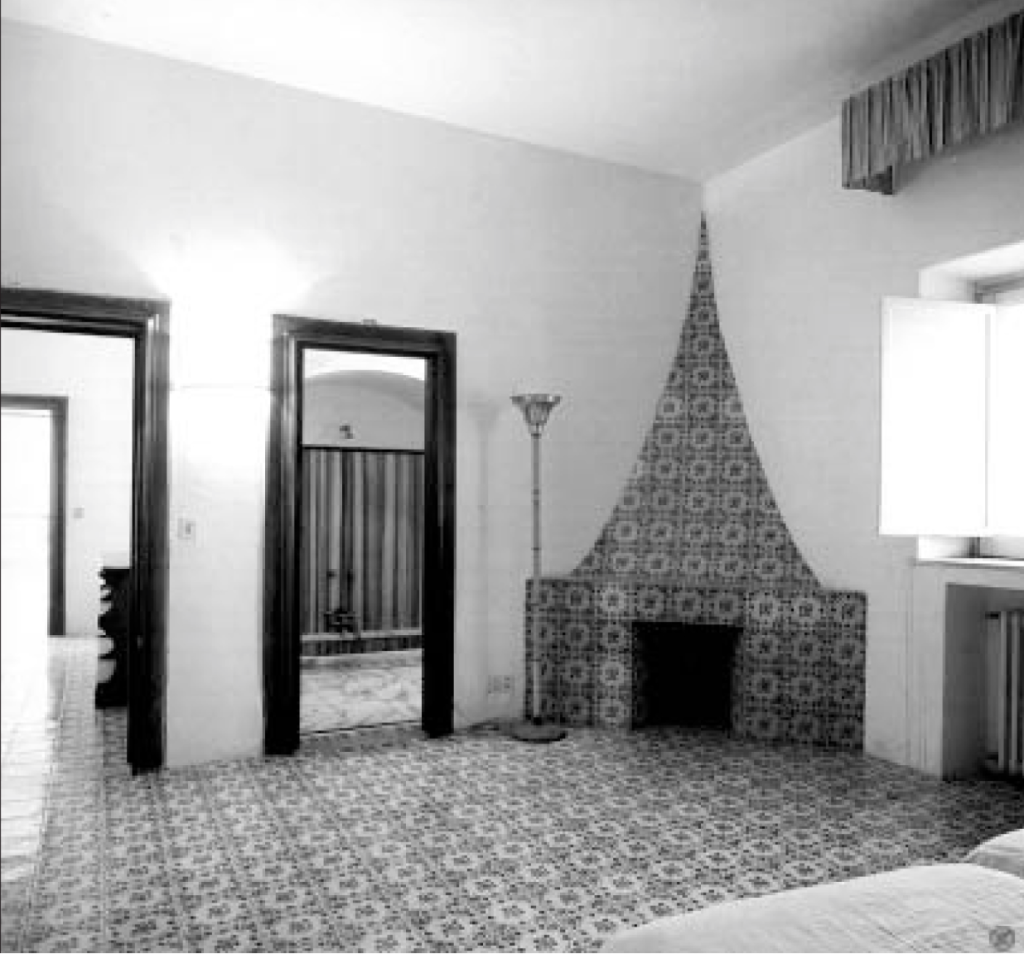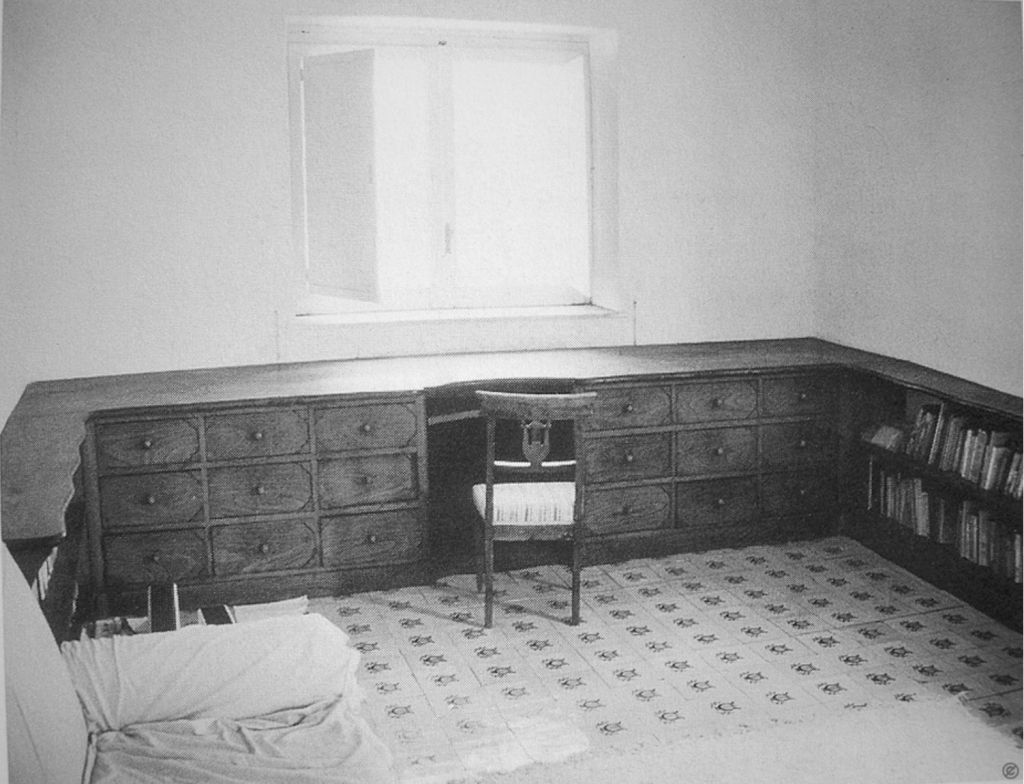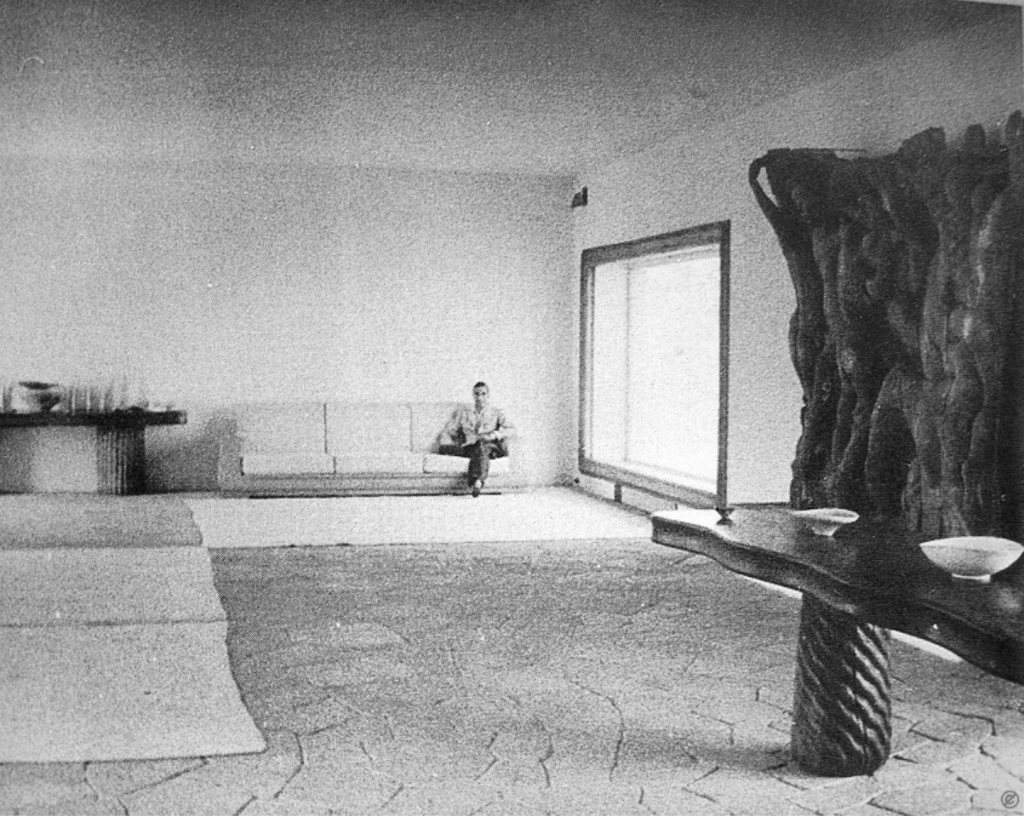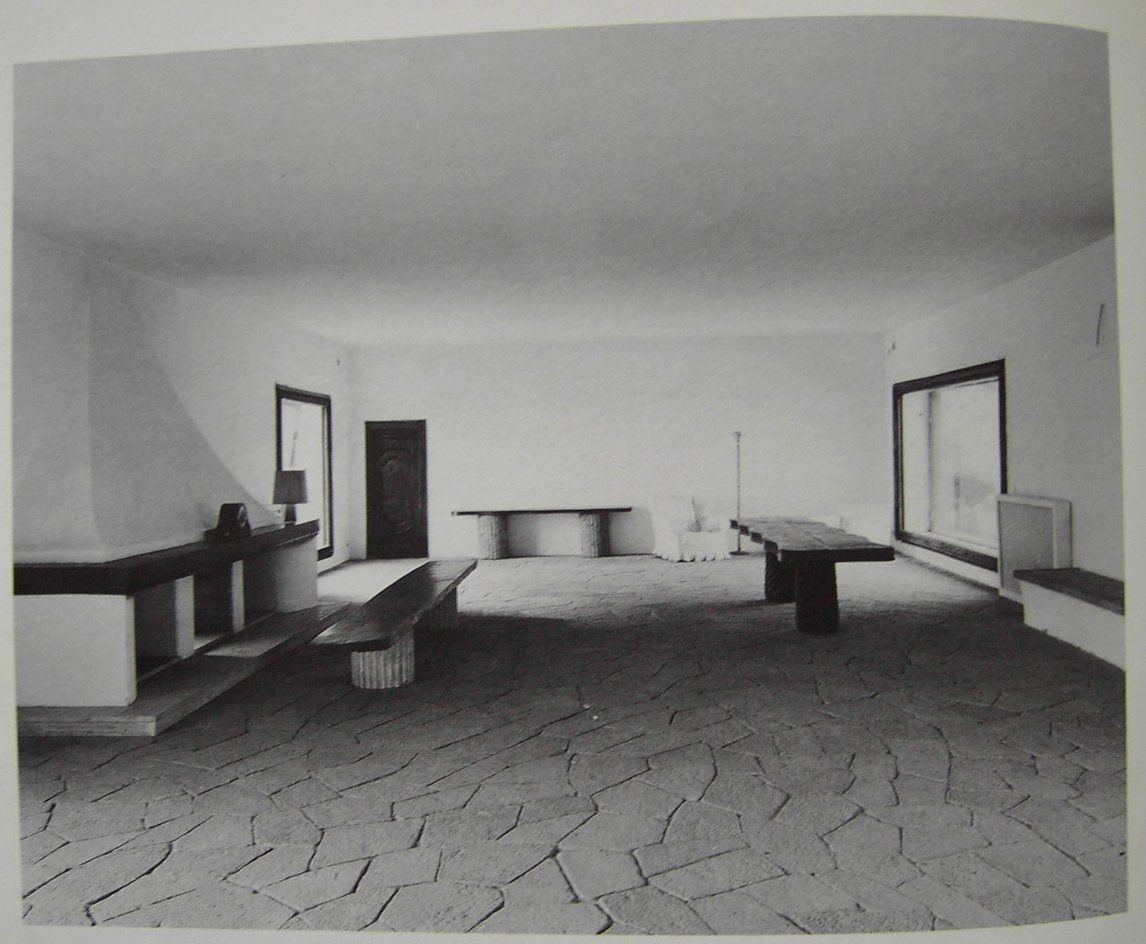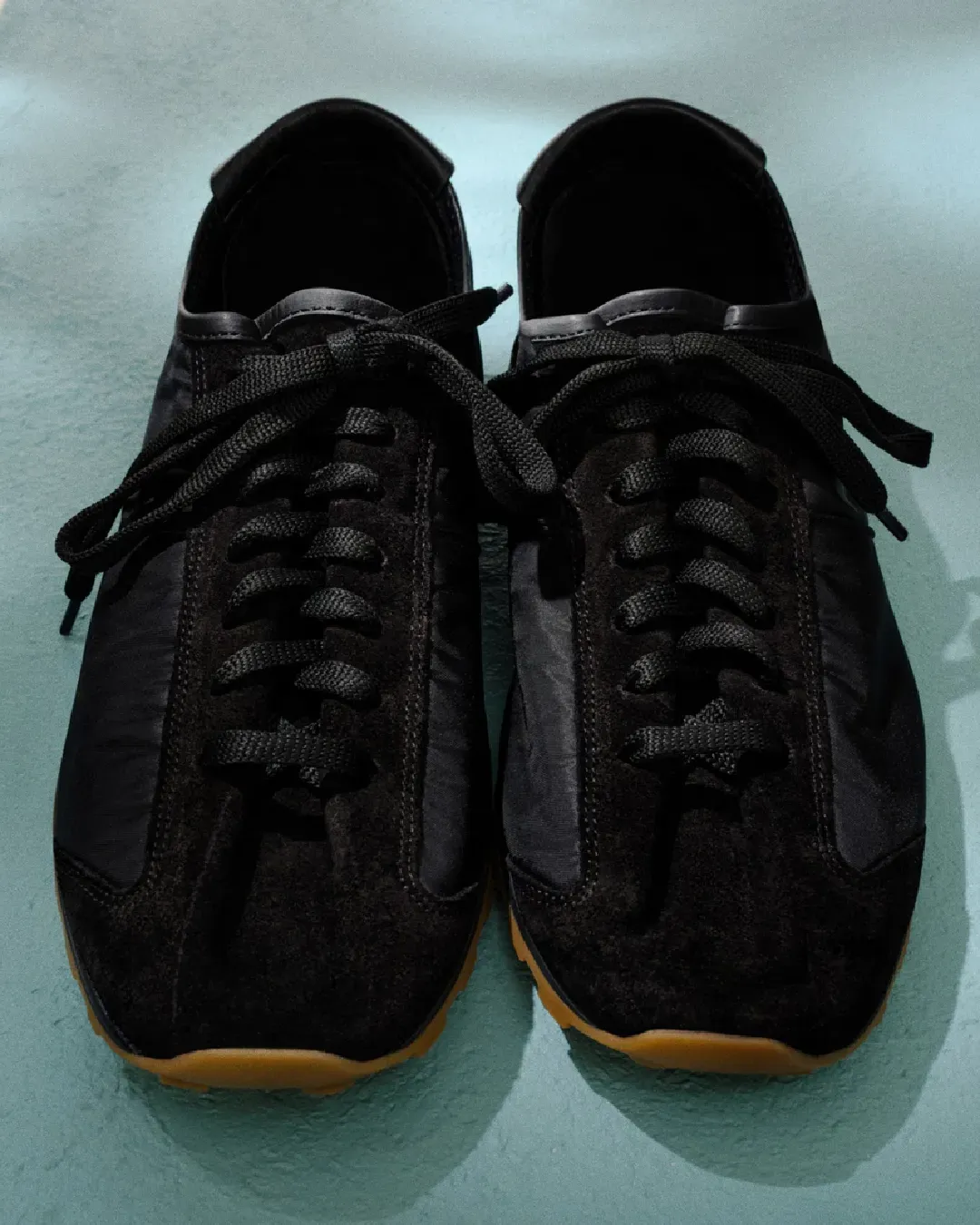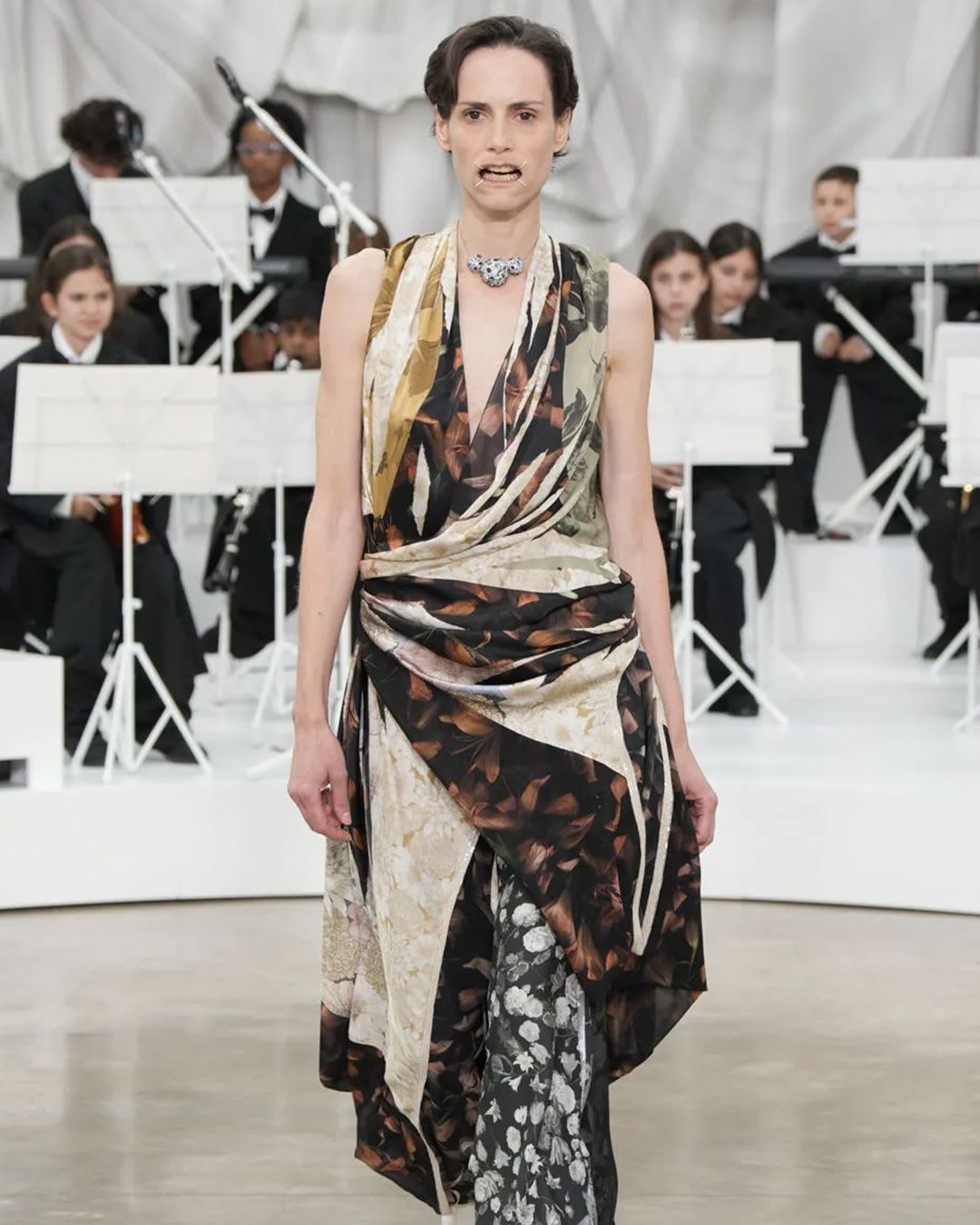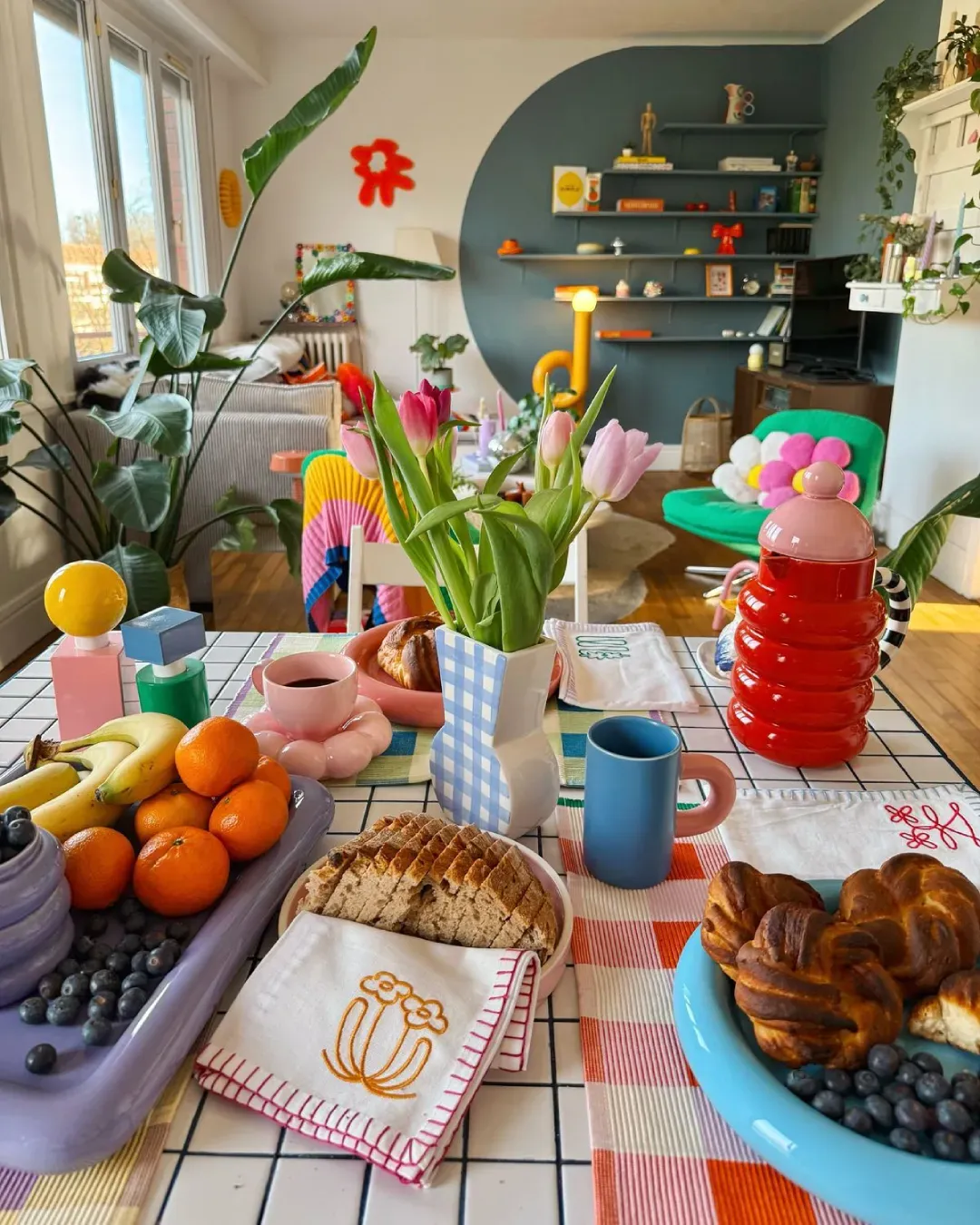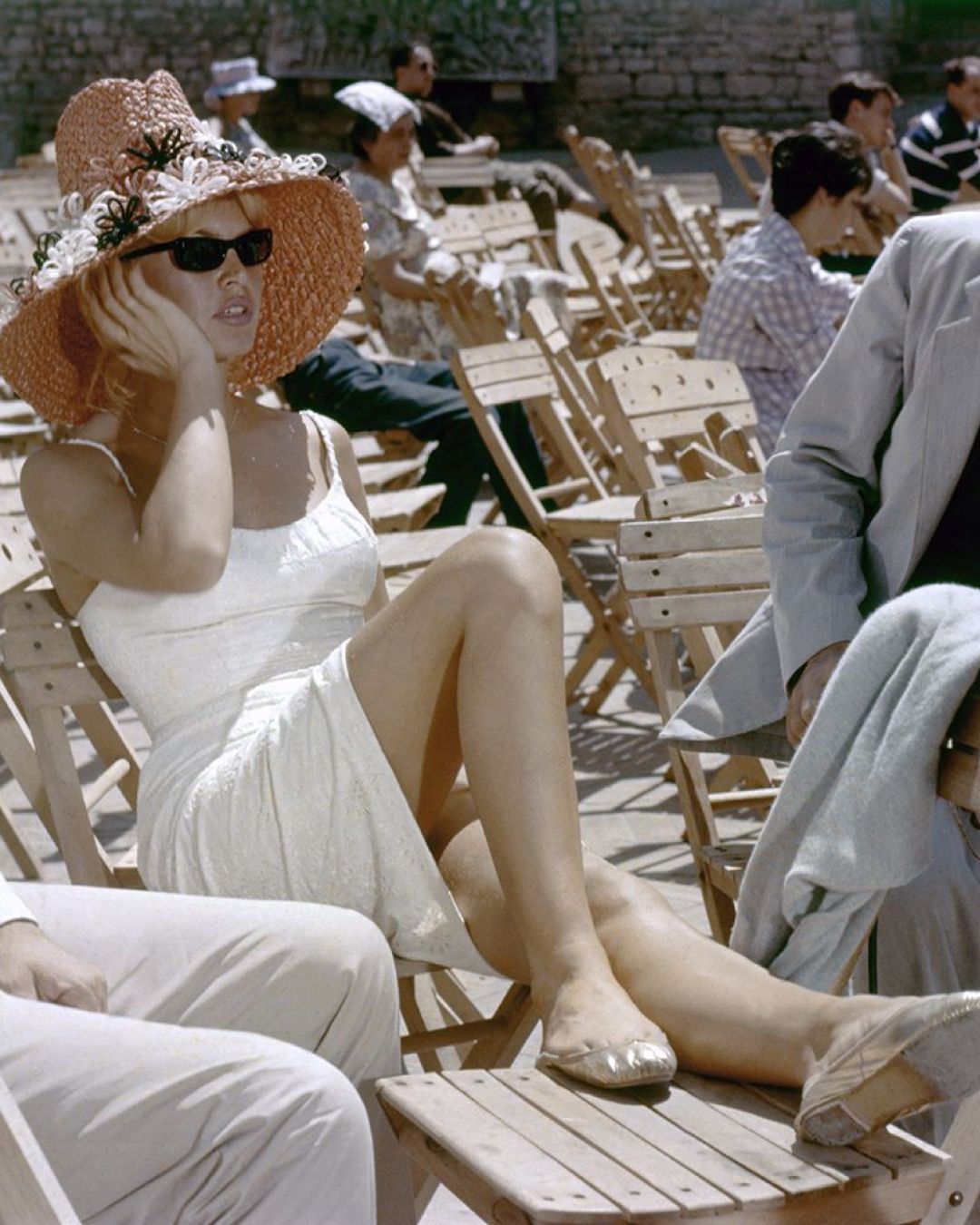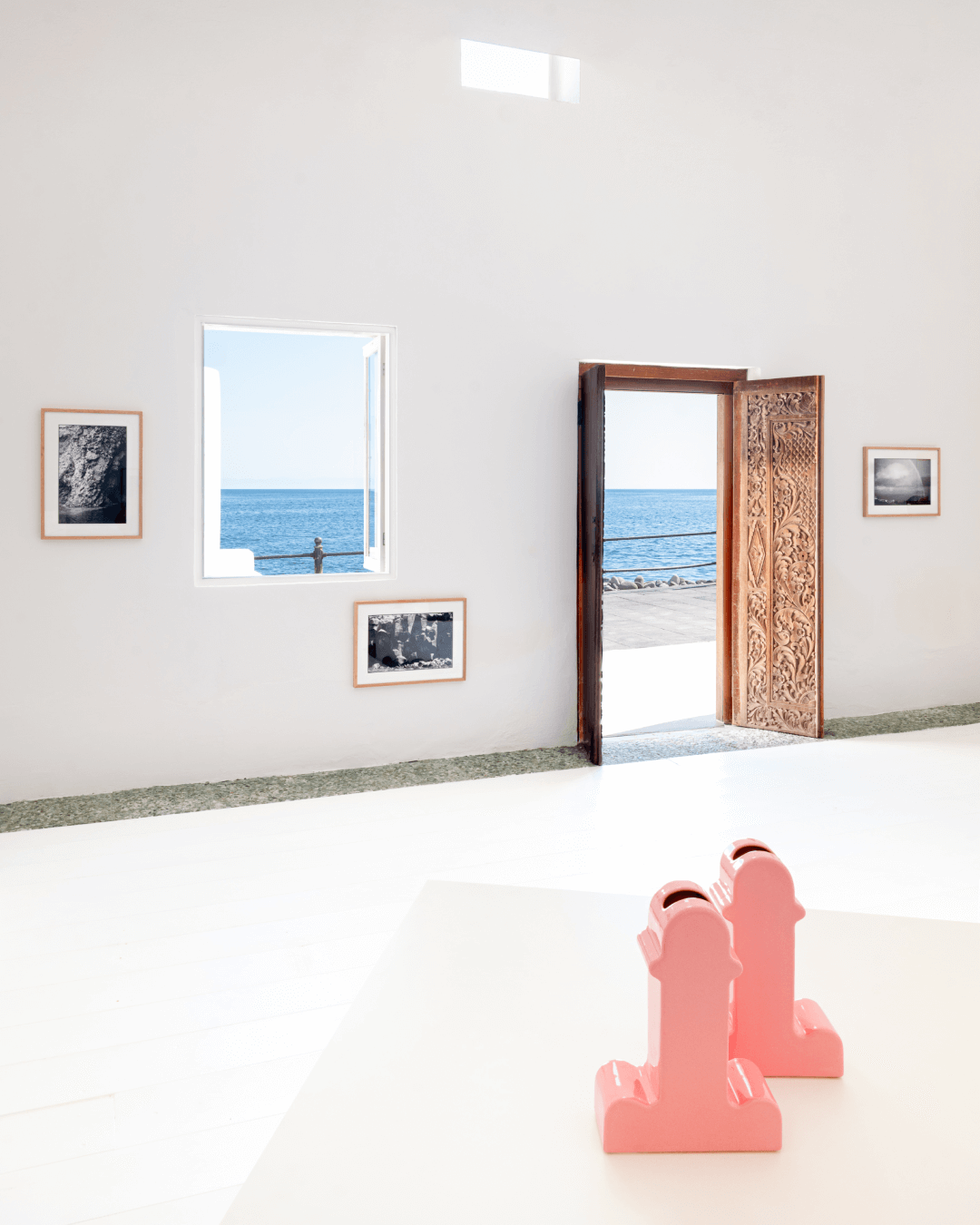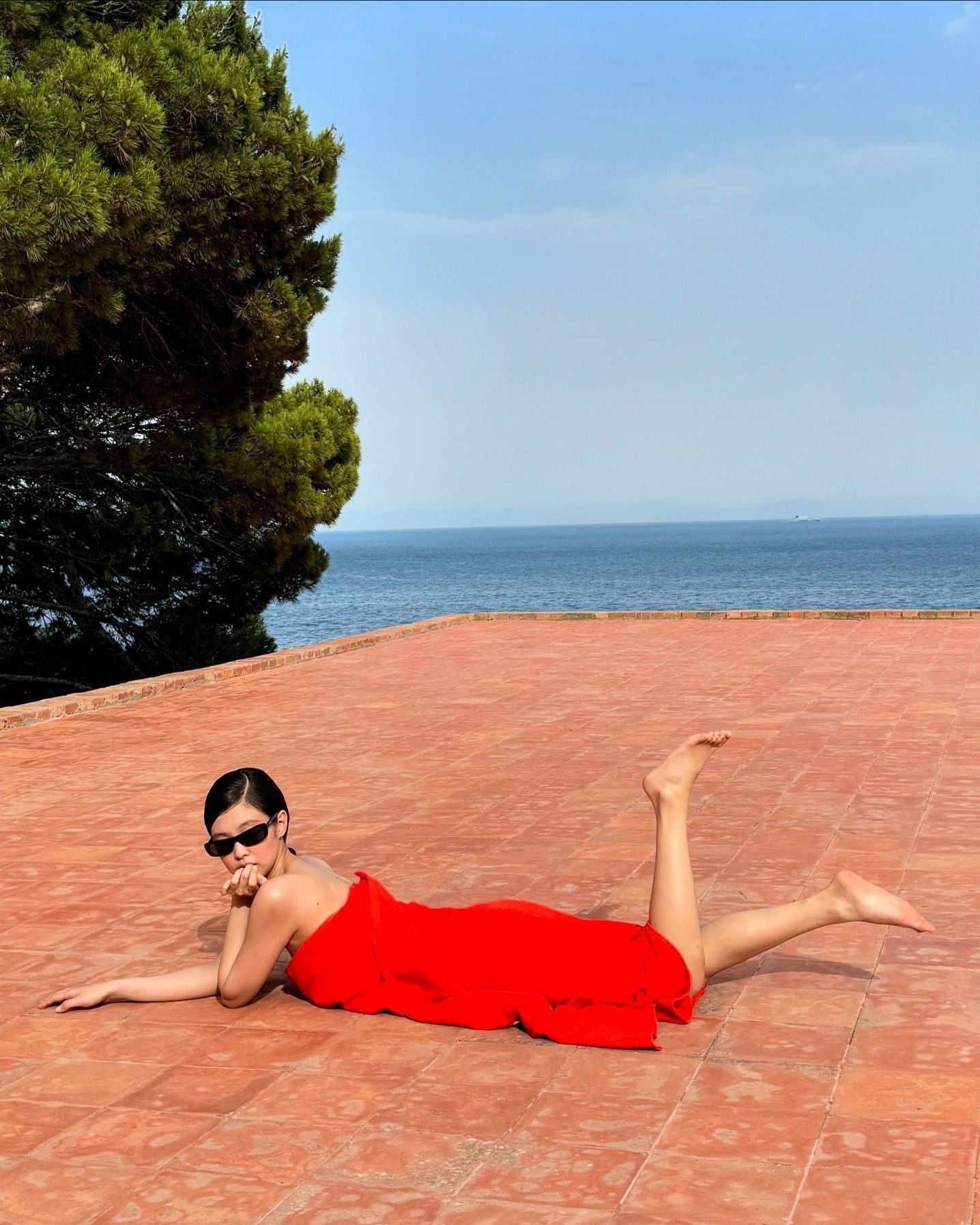
Why did Jacquemus choose Casa Malaparte for his show? History of the iconic “impossible” building on Capri
Today, Jacquemus presented the FW24 collection in a very special location but one not typically associated with the idea of autumn-winter: the Villa Malaparte in Capri. The location aligns well with the Mediterranean aesthetic endlessly explored by Simon Porte Jacquemus, and its use in today's show has been heavily promoted for weeks by the brand's own social media across various platforms. If anyone knows the art of teasers, it's certainly Jacquemus. The choice of Casa Malaparte, a physical demonstration that illegal building practices don't always produce ecological monstrosities, is not just something scenic but also pays homage to film history and the type of extreme linearity that the Provençal designer places so well in his summer, maritime, or countryside scenarios. In fact, Casa Malaparte is one of the most extraordinary and controversial architectural works of the 20th century. Located on the cliff of Punta Massullo in Capri, it was built between 1938 and 1940 under the directives of writer Curzio Malaparte, whose real name was Curt Erich Sucker. Malaparte, an eccentric and multifaceted figure, is known for his life full of contradictions and his fluctuating political and religious positions.
History of Casa Malaparte
@jacquemus Casa Malaparte, I would sit here for hours #Jacquemus original sound - *
Malaparte's love for Capri dates back to 1936, when he visited the island for the first time as a guest of his friend Axel Munthe, the owner of the famous Villa San Michele. The wild beauty of the island deeply struck him, so much that he decided to settle there. Two years later, in 1938, he purchased a plot of land on Punta Massullo for twelve thousand lire, a significant sum for the time. The location was exceptional, but building a villa there required special authorization due to the strict landscape constraints protecting the area. The building permit was made possible thanks to Malaparte's friendship with Galeazzo Ciano, then Minister of Foreign Affairs and son-in-law of Benito Mussolini. Ciano, also in love with Capri and a regular visitor to the island with his wife Edda, used his influence to obtain the building permit for Malaparte. This act of friendship was crucial for the villa's realization, despite the opposition and landscape constraints that would normally have prevented construction.
The villa's design was a troubled process. Initially, Malaparte involved architect Adalberto Libera, one of the leading figures of Italian rationalism. However, the collaboration between the two proved difficult due to Malaparte's dominant personality and precise ideas about his home. It is said that the original idea for the house was conceived during a dinner, sketched on napkins in a Roman villa. Malaparte, dissatisfied with Libera's proposals, reworked the project, introducing very distinctive features. The construction was entrusted to foreman Adolfo Amitrano and lasted two years. Casa Malaparte is a minimalist parallelepiped with severe lines, featuring a monumental staircase of thirty-two steps leading to a panoramic terrace. The roof, with its curved windbreak, recalls certain rationalist and modernist elements, while the Pompeian red color of the exterior walls evokes the interiors of Roman villas in Pompeii. The windows of the large living room are designed to offer different views on each side, creating a continuous dialogue between the interior and the surrounding landscape. The villa's interiors are essential and almost monastic, reflecting Malaparte's deep religious sense. The house includes a large living room, a study, a bedroom, a small guest apartment called the "hospice," and the "favorite," the bedroom of the companion of the moment. The furniture was designed by Malaparte himself, who took care of every detail to ensure the house fully reflected his vision.
@reality.crisis Gagosian at Park & 75 #gagosian #gallery #nyc #furniture #casamalaparte Summer loop 4 - will paquin
After Malaparte's death in 1957, Casa Malaparte remained a private property, belonging to the writer's heirs. The villa has become a symbol of modern architecture, capable of combining charm, drama, rationalist modernity, nature, and poetry. Malaparte's will, expressing the desire to transform the villa into a foundation to host artists, led to a long legal battle among the heirs. Eventually, the property was assigned to the heirs, who then established the Ronchi Foundation to manage it. Currently, Casa Malaparte is a private house and is not open to the public, maintaining its relative mystery. Despite its inaccessibility, Casa Malaparte continues to live as a masterpiece of architecture and a symbol of artistic contamination. It has been visited by illustrious figures such as Jean Cocteau, Alberto Moravia, and Pablo Picasso, and remains a source of inspiration for contemporary designers. Among them, Tommaso Rositani Suckert, a descendant of Malaparte, has reproduced some of the key pieces that furnished the villa, such as a table, a bench, and a console, for the Gagosian gallery.
Casa Malaparte in Cinema and Fashion
Casa Malaparte, with its severe lines and breathtaking natural context, has fascinated the world of cinema and fashion. One of the most famous representations of the villa is in the film Le Mépris by Jean-Luc Godard, where the iconic scene of Brigitte Bardot sunbathing nude on the roof has become a cult image. This scene is one of Simon Porte Jacquemus' favorites, who has stated that he was inspired by the beauty and modernity of Godard's vision in creating his brand. The house also appeared in La Pelle by Liliana Cavani, an adaptation of Malaparte's novel. But Jacquemus was not the only one. Karl Lagerfeld, for example, fascinated by its architecture, photographed the villa for a book of the same name published by Steidl in 1997. Over the years, Casa Malaparte has become the backdrop for several advertising campaigns: in 2014, it was chosen for the commercial for Ermenegildo Zegna's UOMO fragrance, directed by Jonas Åkerlund; in 2018, it was the set for the spring campaign of Saint Laurent starring Kate Moss; in 2019, Emma Stone was photographed at the villa for the campaign for the Cœur Battant perfume by Louis Vuitton.










































